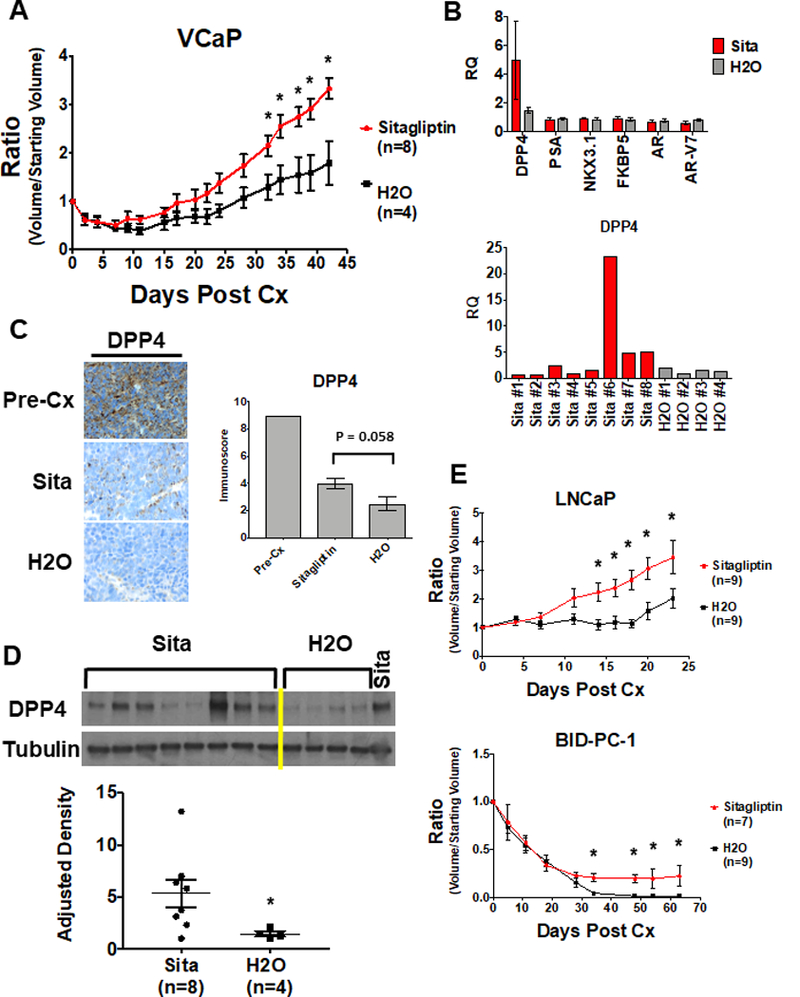Figure 4. DPP4 inhibitor increases resistance to castration in vivo.

A) VCaP xenografts were grown in intact male mice until 500 mm3, then mice were castrated (Cx) and immediately begun on treatment with sitagliptin (120 mg/kg/day) or vehicle. Y axis is ratio of tumor volume at a given time point divided by starting volume. * = P<0.05. B) qRT-PCR of indicated transcripts in xenografts harvested at Day 42. Each column is expression in tumors from eight mice (Sita) or four mice (H2O), with qRT-PCR performed in technical triplicate. Lower panel is DPP4 mRNA in individual tumors. C) Representative DPP4 immunohistochemistry from Sita and H2O-treated tumors (left) and immunoscoring of DPP4 protein (right). P =0.058. D) Sitagliptin and control tumor lysates probed with anti-DPP4 (above) and densitometric quantification (below). * = P<0.03. E) Mice with LNCaP and BID-PC-1 xenografts were castrated (Cx) and immediately begun on treatment with sitagliptin (120 mg/kg/day) or vehicle. * = P<0.05.
